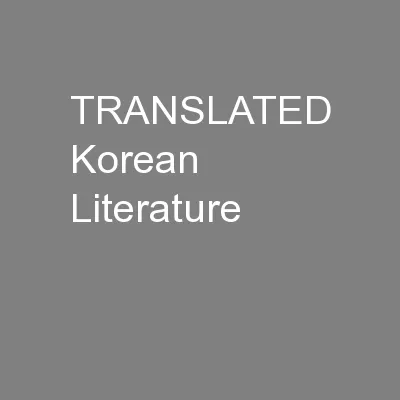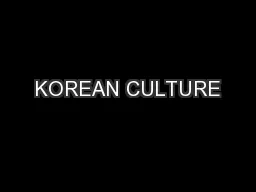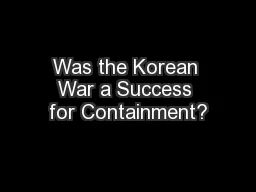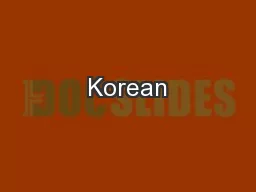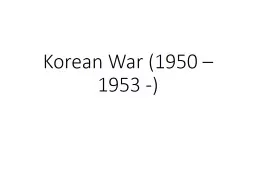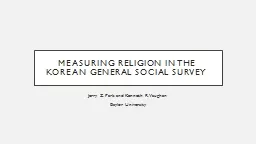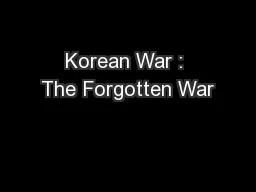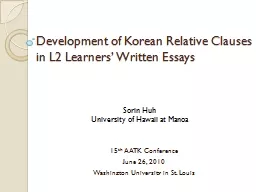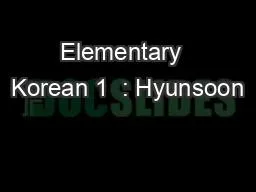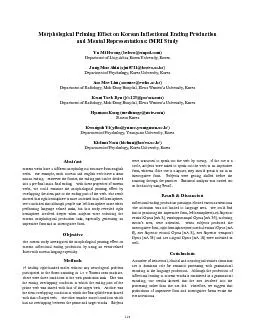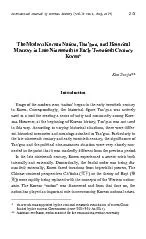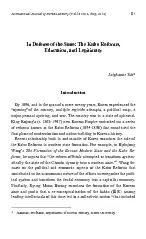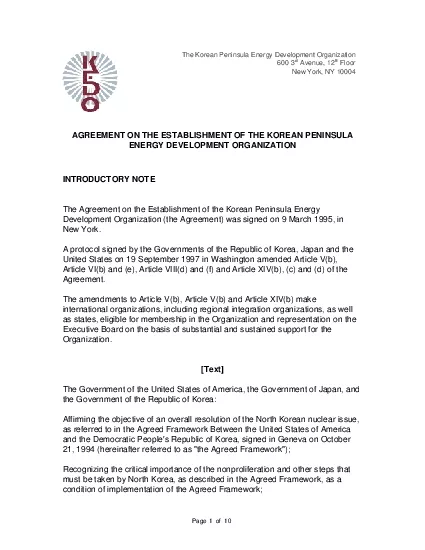PPT-TRANSLATED Korean Literature
Author : giovanna-bartolotta | Published Date : 2016-07-27
In 60 minutes or thereabouts 1 Pssssst QampA as we go please Who Am I Associate Professor at Dongguk wwwktlitcom Various projects with LTI Korea Ex marketer Translation
Presentation Embed Code
Download Presentation
Download Presentation The PPT/PDF document "TRANSLATED Korean Literature" is the property of its rightful owner. Permission is granted to download and print the materials on this website for personal, non-commercial use only, and to display it on your personal computer provided you do not modify the materials and that you retain all copyright notices contained in the materials. By downloading content from our website, you accept the terms of this agreement.
TRANSLATED Korean Literature: Transcript
Download Rules Of Document
"TRANSLATED Korean Literature"The content belongs to its owner. You may download and print it for personal use, without modification, and keep all copyright notices. By downloading, you agree to these terms.
Related Documents

